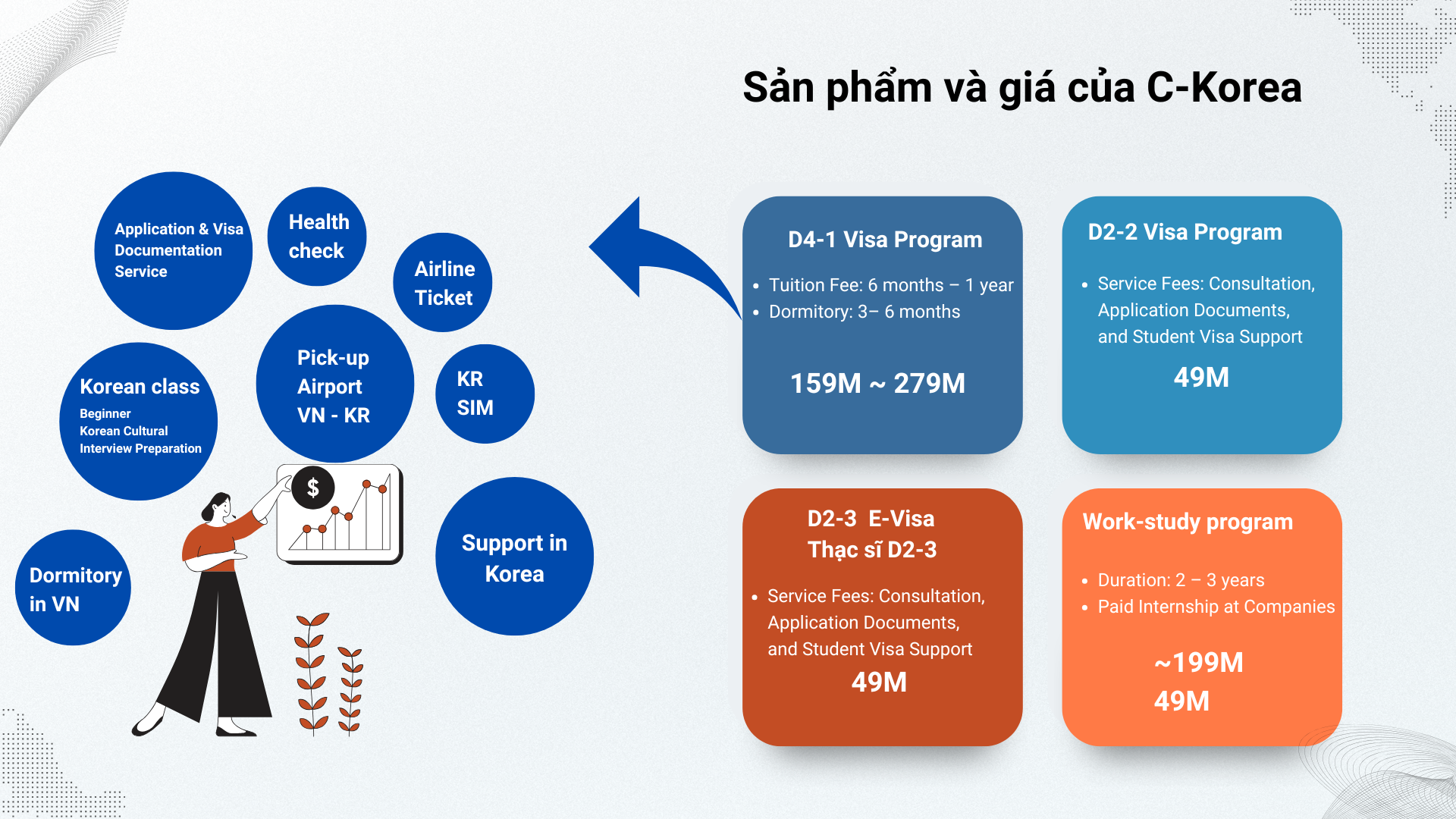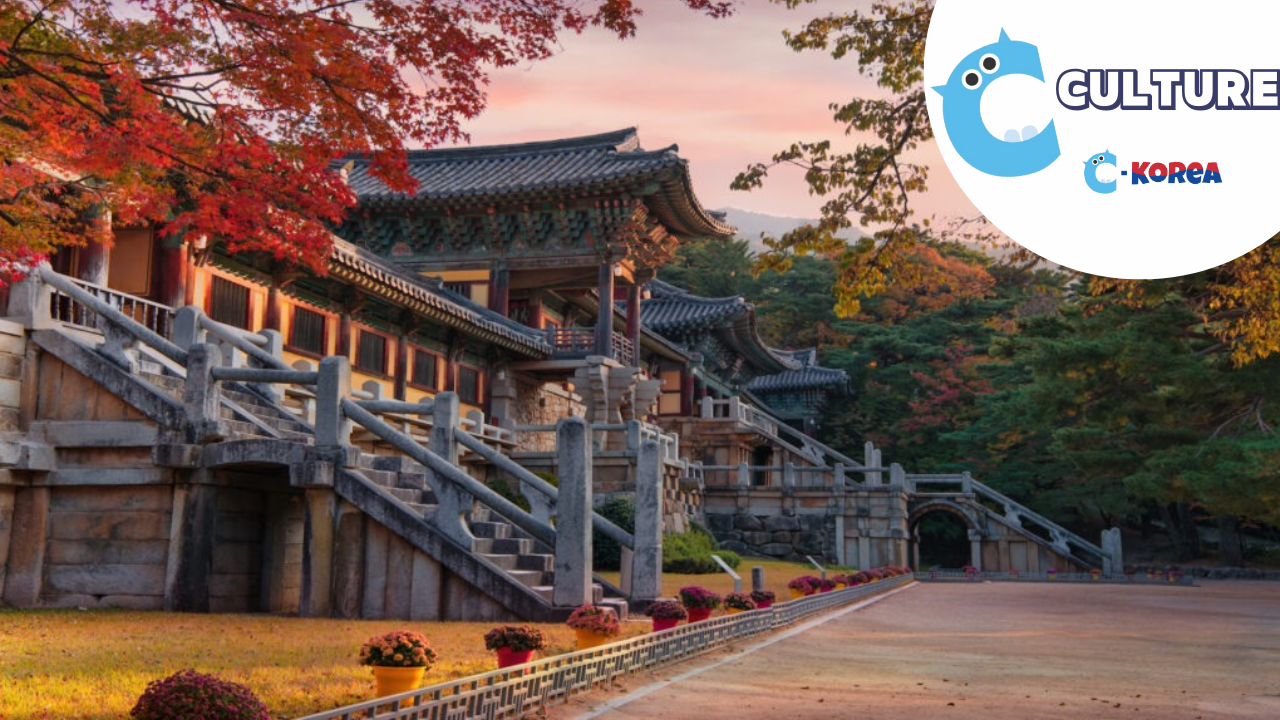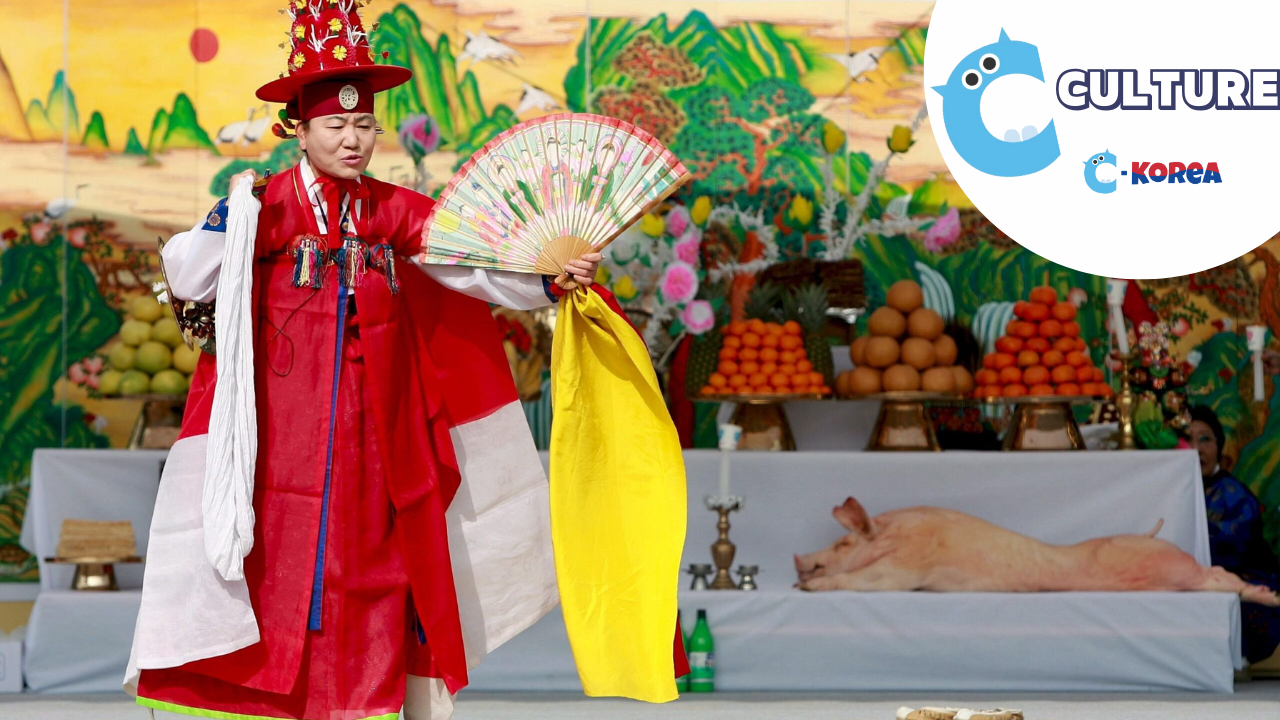Buddhism, one of the largest and most influential religions in Korea, has accompanied the history and culture of the land of kimchi for more than 1,600 years. Not only is it a path to spiritual enlightenment, Buddhism also plays an important role in shaping the art, architecture and cultural identity of Korea. Let’s explore the highlights of Buddhism in this country.
Learn more about Korean culture:
➤ Yin-Yang philosophy in Korean culture;
➤ Life cycle rituals in Korean culture;
➤ Concepts of “Uri”, “Jeong”, “Han” in Korean culture.
Origin and History
Buddhism was introduced to Korea from China in the 4th century through the Goguryeo Kingdom. During the Three Kingdoms period (Goguryeo, Baekje, Silla), Buddhism was widely spread and became the state religion during the Unified Silla Kingdom (7th century).
During the Goryeo Dynasty (918–1392), Buddhism reached its peak, with many famous temples and Buddhist statues being built, including the Tripitaka Koreana of the Goryeo Dynasty – a collection of Buddhist scriptures carved on over 80,000 wooden tablets, which is still preserved intact to this day.
However, when the Joseon Dynasty (1392–1897) came to power with Confucianism dominating, Buddhism was restricted and withdrew from its central role. However, the spirit of Buddhism continued to exist strongly in the spiritual life of the people.
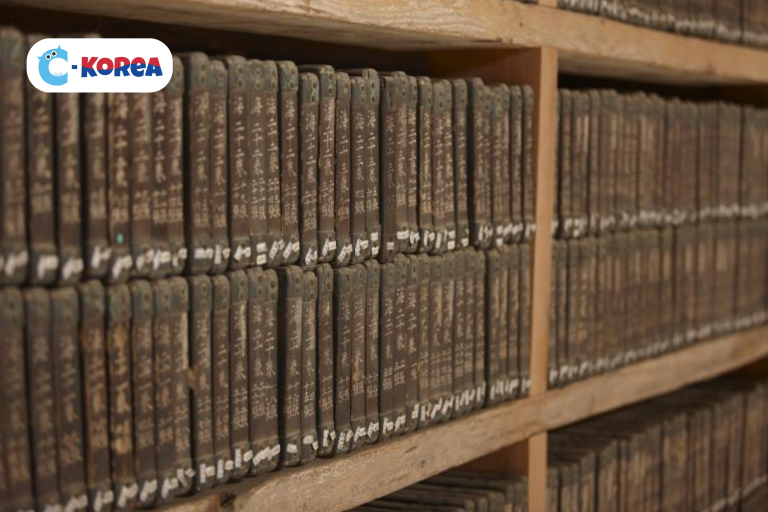
Buddhism in Modern Life
Today, Korean Buddhism still plays an important role in spiritual and social life. Temples such as Bulguksa, Haeinsa and Jogyesa are not only places of worship but also cultural and tourist destinations, attracting millions of domestic and foreign visitors every year.
In addition, the “Templestay” movement – the experience of living in a temple – is an opportunity for visitors to explore the pure lifestyle and philosophy of Buddhism. Through this, Korean Buddhism is not only a traditional heritage but also a bridge between ancient culture and the modern world.
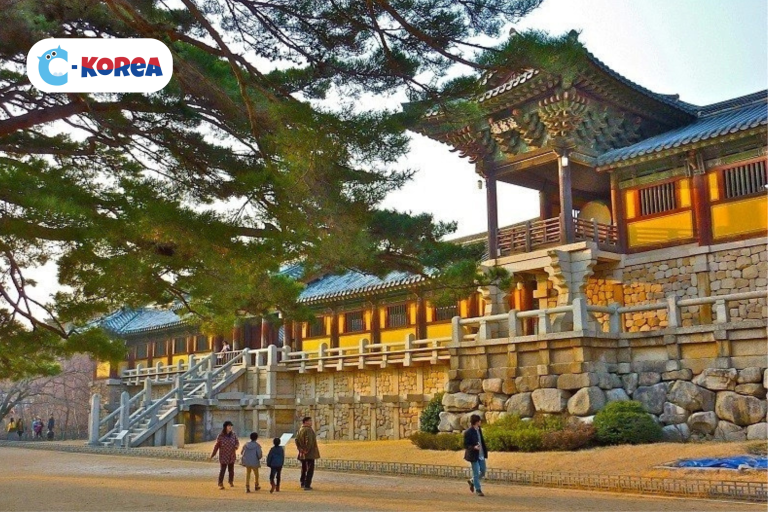
The Influence of Buddhism in Culture and Art
Buddhism has deeply influenced many aspects of Korean culture such as architecture, painting, sculpture, and music. Ancient temples surrounded by nature, giant bronze Buddha statues, and exquisite mandala murals are all unique artistic symbols.
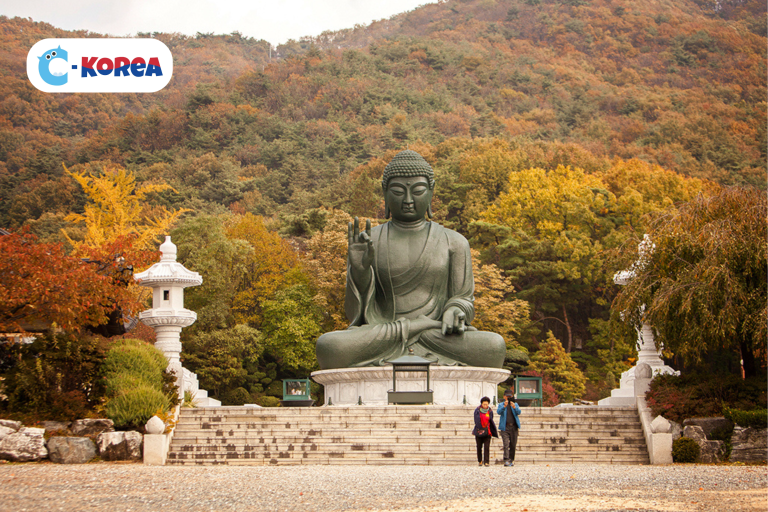
In particular, the Buddha’s Birthday Festival (Danang Festival) is an occasion for Korean people to honor Buddha and light up hope. This festival is not only a religious event but also a proud cultural beauty.
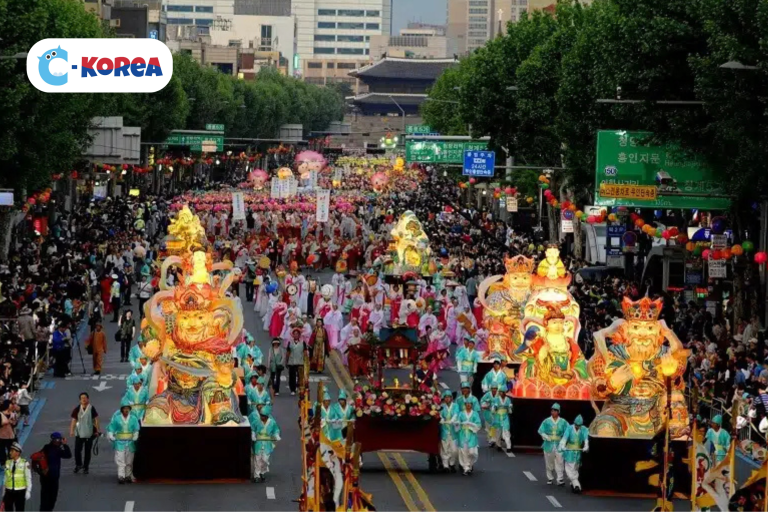
Conclusion
Buddhism is not only a religion but also an inseparable part of the history, culture and life of Korea. From ancient temples to the spirit of kindness in each person, Buddhism has been and is contributing to the spiritual and cultural development of this country.
For more information about studying and working in Korea, please contact:
C-KOREA CULTURE AND STUDY ABROAD CONSULTING CO ., LTD.
- Address : 5th Floor , 94-96 Nguyen Van Thuong , Ward 25 , Binh Thanh District , Ho Chi Minh City
- Hotline: +84 28 7308 4247
- Facebook: https://www.facebook.com/duhochanquocckorea/
- Tiktok: https://www.tiktok.com/@duhoc_ckorea
- Youtube: https://www.youtube.com/@Duhoc_ckorea










